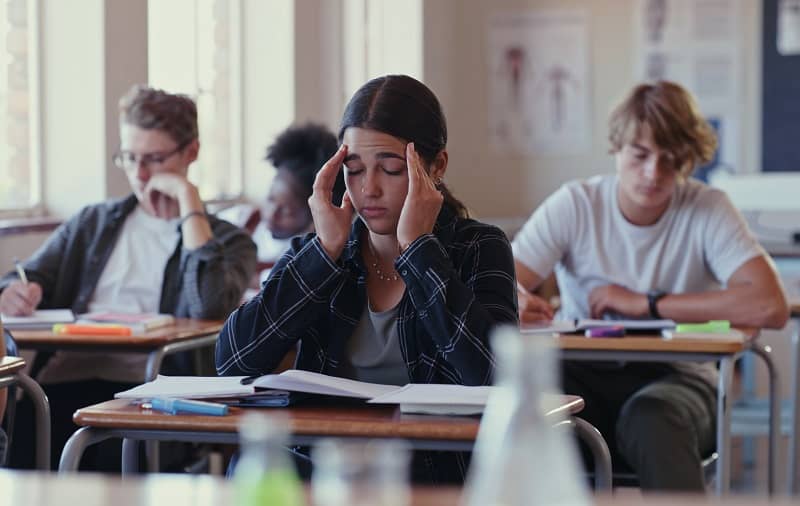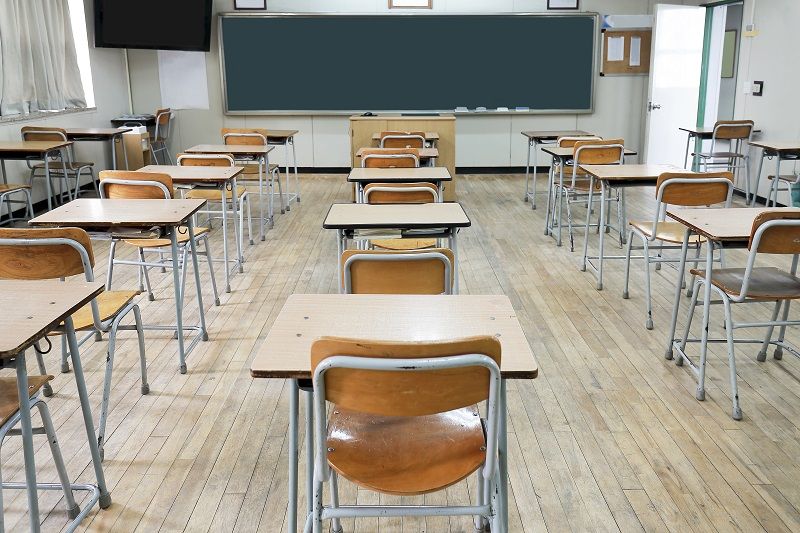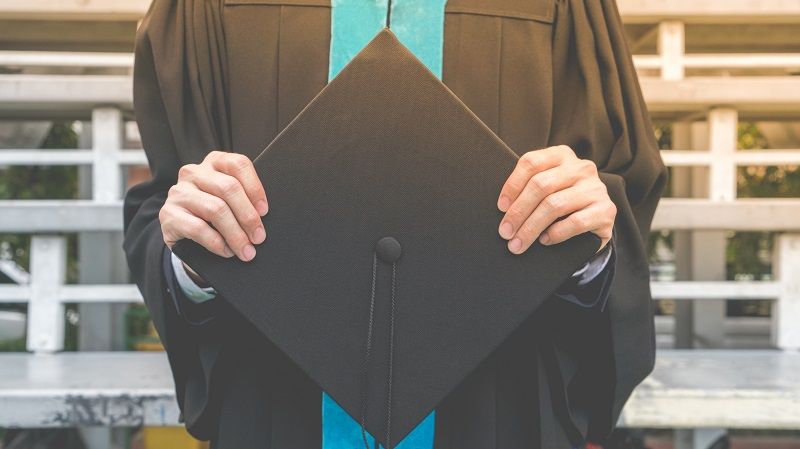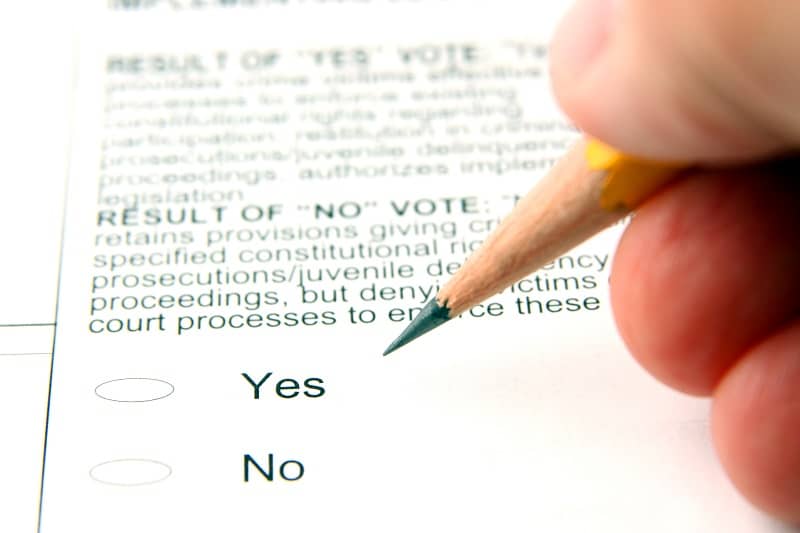By Miranda Bonifield
A Portland public school made headlines last week for offering parents the chance to choose their child’s teacher for next year as part of a school fundraiser. Teachers cried “foul” because they thought the opportunity gave unfair advantage to students whose families were from higher income brackets.
Why not give the same opportunity to all students?
Senate Bill 668 would implement a universal Education Savings Account (ESA) program in Oregon. ESAs direct a percentage of the funds the state would otherwise spend to educate a student in a public school to the student’s family to spend on private school tuition and/or other approved educational expenses.
In other words, every family could choose their child’s teacher.
Florida implemented an Education Savings Account program for special needs students in 2014. Of the students enrolled during the first two years, 40% used the funds to customize (mix and match) aspects of their child’s education. About half of these families chose to educate their children outside of a brick-and-mortar private school. The more than 10,000 students enrolled are a tiny fraction of the 2.59 million students in Florida public schools, but their choices illustrate an important point: Families need and want options that the state does not provide in their district public schools.
Oregon’s education system perpetuates a disconnect between the interests of families seeking the best possible outcome for their children and of schools seeking the fairest possible outcome for all children. We can agree that Oregon’s teachers are overworked, that many of our schools are underperforming, and that something must change to give the best possible shot to each student. Education Savings Accounts are an efficient, compassionate, effective way to provide quality education to all Oregon’s students—regardless of income.
Miranda Bonifield is Research Associate at Cascade Policy Institute, Oregon’s free market public policy research organization.
Click here for PDF version:
3-20-19-Cultivating_Educational_Choice_with_Education_Savings_AccountsPDF













Erika S Howard
The primary problem with ESAs is that parents are not left to decide what is or is not an acceptable education expense.
Homeschooled or privately educated children’s families are also STILL paying for (public) education services they do not receive.